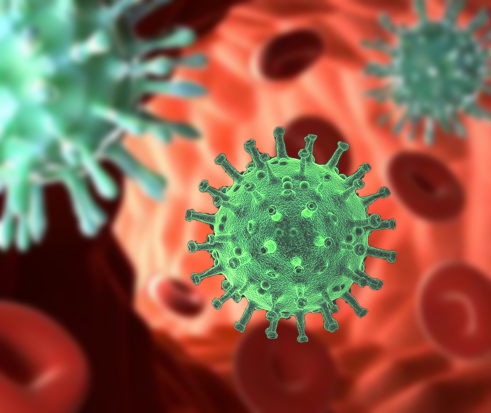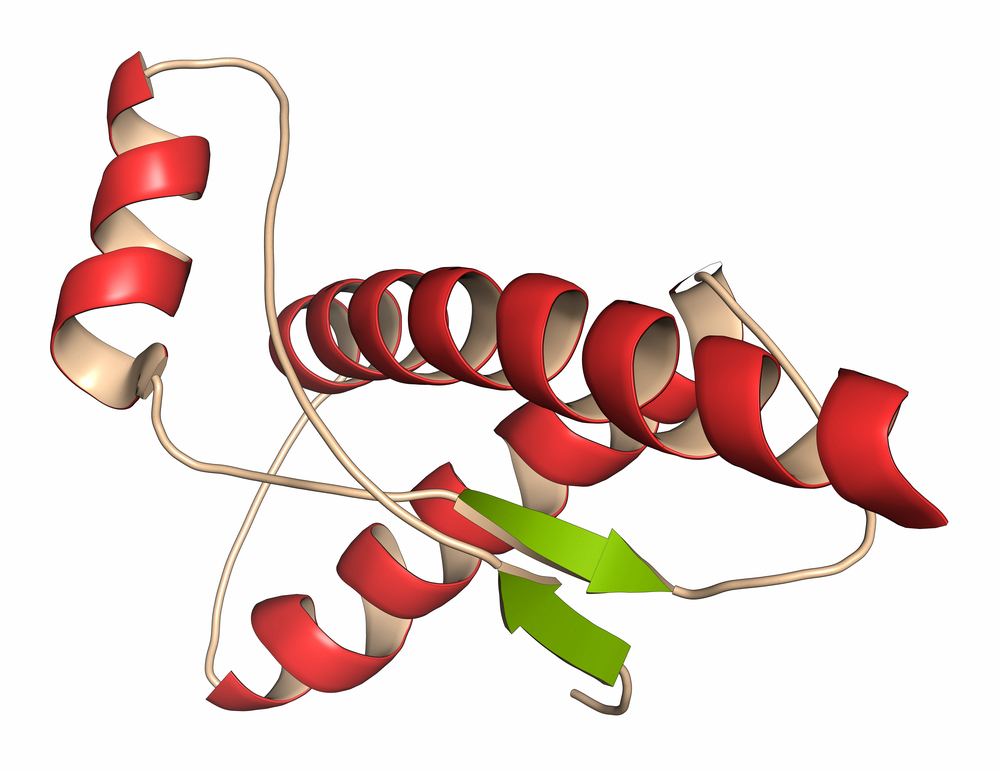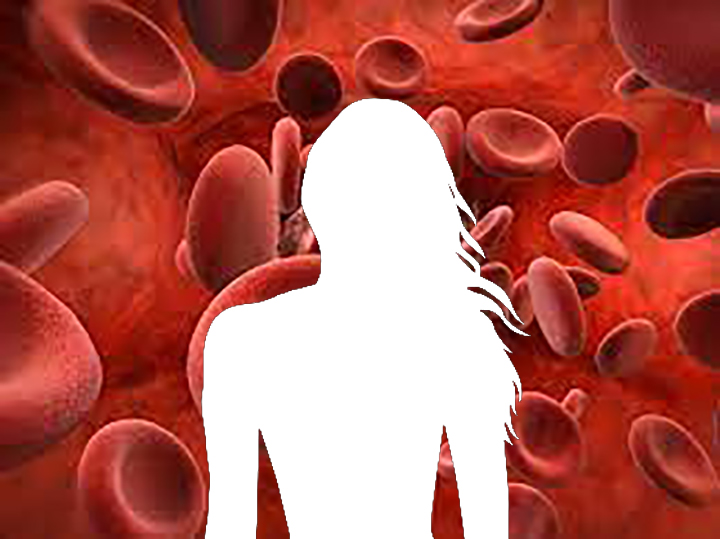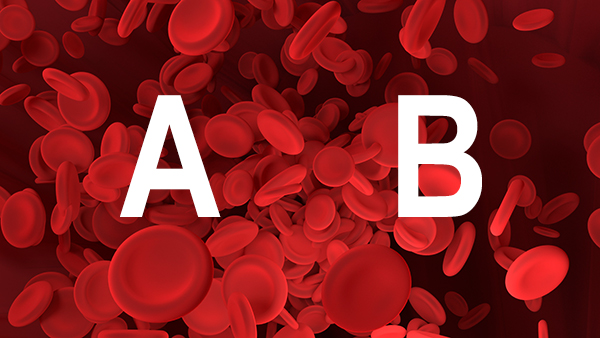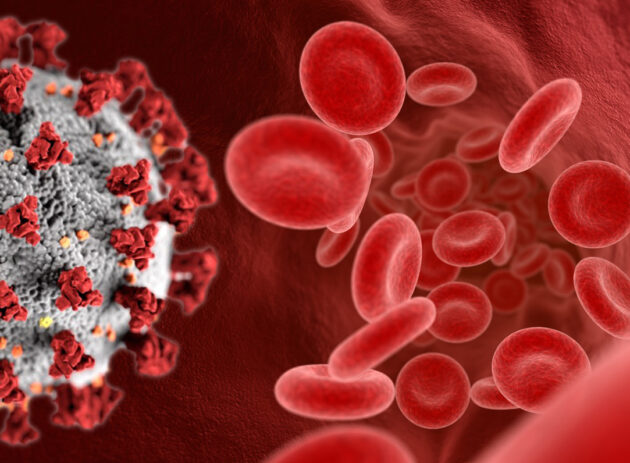
How haemophilia A impacts severe acute respiratory syndrome coronarovirus 2 ( SARS-Cov-2) treatment: a case report
In this article, the authors describe the case of a mild hemophiliac patient suffering from Covid-19 pneumonia, focusing their attention on how the presence of hemophilia affects the management of COVID pneumonia. The typical symptoms of COVID-19 mimic those of the common season flu. In addition, several changes in the coagulation processes have been observed. […]
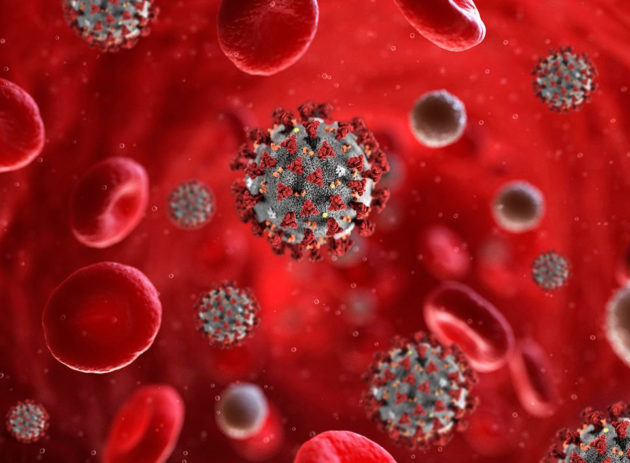
THE IMPACT OF COVID-19 PANDEMIC IN THE HEMOPHILIA COMMUNITY
Cedric Hermans, Alain Weill and Glenn F Pierce have published an article on the impact of COVID-19 pandemic in the hemophilia community (Haemophilia 2020 Apr 4. [Epub ahead of print]). The editorial focuses on the COVID-19 (SARS-COV-2) pandemic as a new global challenge for the hemophilia community. At present, they report, it is impossible to […]

Statement on the second meeting of the International Health Regulations Emergency Committee regarding the outbreak of novel coronavirus (2019-nCoV)
The second meeting of the Emergency Committee convened by the WHO Director-General under the International Health Regulations (IHR) (2005) regarding the outbreak of novel coronavirus 2019 took place on Thursday, 30 January 2020. China quickly identified the virus and shared its sequence, so that other countries are now able to diagnose it quickly and protect […]
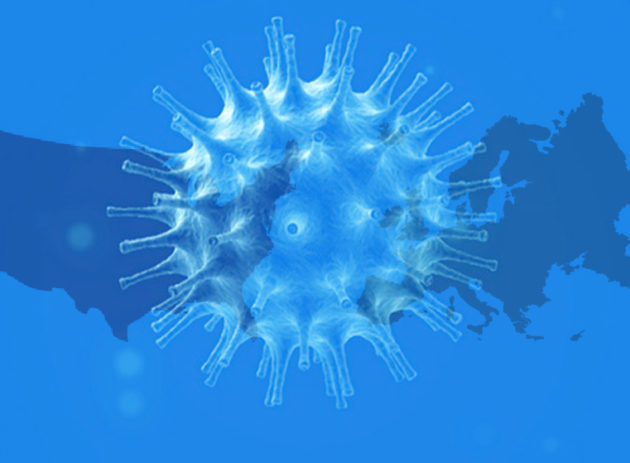
Transmission of 2019-nCoV Infection from asymptomatic contacts in Europe and USA
Testo abstract:Coronavirus (2019-nCoV) from Wuhan is raising concerns in the health care community as the virus is spreading around the world. After being identified in late December 2019, the number of cases of Coronavirus (2019-nCoV) infections imported from China into other countries is increasing and its epidemiology is changing daily basis. In detail, in the […]
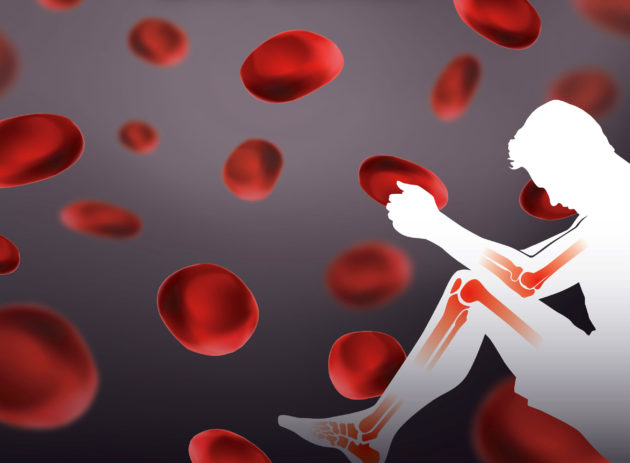
New physiotherapy concepts in hemophilia
Until the ’70s, hemophiliacs did not have great means and opportunities to improve the quality of life, they lived in a voluntary “segregation” due to a progressive disability, lacking therapeutic and rehabilitative supports properly for recovering physical activity . Subsequently, replacement therapy was developed with concentrates of the coagulation factors of which they were deficient […]
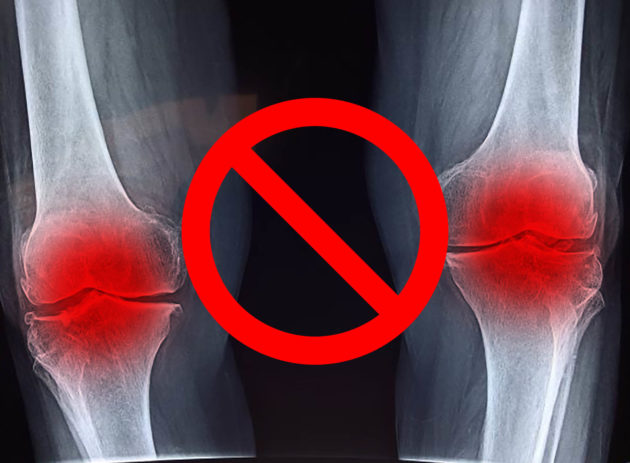
Physical exercise and rehabilitation in hemophilia
Physical exercise Physical exercise in patients with hemophilia (PWH) currently is used to heal faster after bleeding and to restore muscle-joint function in subjects with chronic arthropathy. Aquatic, stretching, proprioceptive and aerobic exercises are the most usual in PWH A and B of any severity. A Cochraine Database Systematic Review published in 2016 analyzed randomized […]
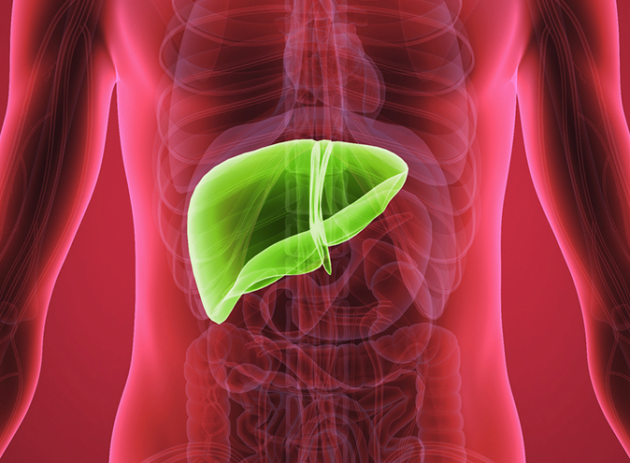
Bleeding and liver transplantation outcomes in haemophilia
Abstract BACKGROUND: Hepatitis C is the major cause of end-stage liver disease and the major indication for orthotopic liver transplantation (OLTx) in individuals with haemophilia. AIM: To assess the epidemiology and outcomes of OLTx in U.S. haemophilia patients. METHODS: We investigated haemophilia liver transplant recipients between 1993 and 2012, using the Nationwide Inpatient Sample, identified […]
12 June 2020
Emerging viral diseases and infectious disease risks
New pathogens and antimicrobial-resistant forms of older pathogens continue to emerge, some with the potential for rapid, global spread and high morbidity and mortality. Pathogens can emerge either through introduction into a new population or when the interaction with the vector changes; emergence is also influenced by microbiological adaptation and change, global travel patterns, domestic […]
16 October 2023
HUMAN IMMUNODEFICIENCY VIRUS, HEPATITIS C VIRUS AND HEPATITIS B VIRUS INCIDENCE IN BLOOD DONORS FROM 2000 TO 2020 IN FRANCE: TRENDS AND LESSONS FROM HAEMOVIGILANCE SURVEILLANCE
Data from 21 years (2000–2020) of haemovigilance were used to assess human immunodeficiency virus (HIV), hepatitis B virus (HBV) and hepatitis C virus (HCV) incidence rates in repeat blood donors and the occurrence of transfusion-transmitted (TT) viral infections. Blood donors who converted for HIV, HCV or HBV markers within serial three-year analysis periods were included. Epidemiological […]
17 January 2018
Epidemiological characteristics of human prion diseases
In the absence of specific therapies for human prion diseases, which are frequently associated with neurodegenerative disorders with fatal outcome, only an active surveillance can be used to monitor and prevent the transmission of such diseases. For this reason, starting from 1993, surveillance systems have been established in many countries. Moreover, there is urgent need […]
27 June 2024
The underevaluated impacts of the therapeutic revolution of hemophilia on women and girls
The advent of new treatment options over the last decades has markedly improved the lives of male persons with hemophilia (PwH). However, this therapeutic revolution has not benefited women and girls with hemophilia (WGH) and symptomatic carriers of the disease to the same extent as their male counterparts. This inequity is primarily due to the […]
1 July 2024
Gene therapy for haemophilia A and B, from basic principles to clinical implementation: An illustrated review
With recent approval of the first two gene therapies for haemophilia A and B, educational materials about AAV-based gene therapy are needed by the haemophilia community for a better understanding of this novel therapeutic approach and helping healthcare providers and patients making personalized choices amongst an increasing array of therapeutic options. To provide a comprehensive […]



